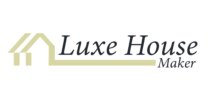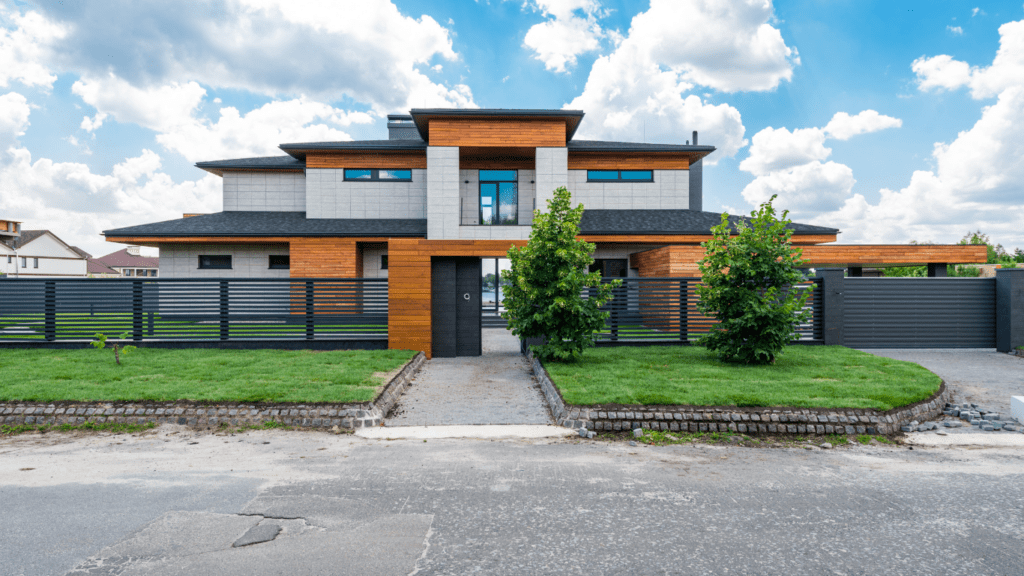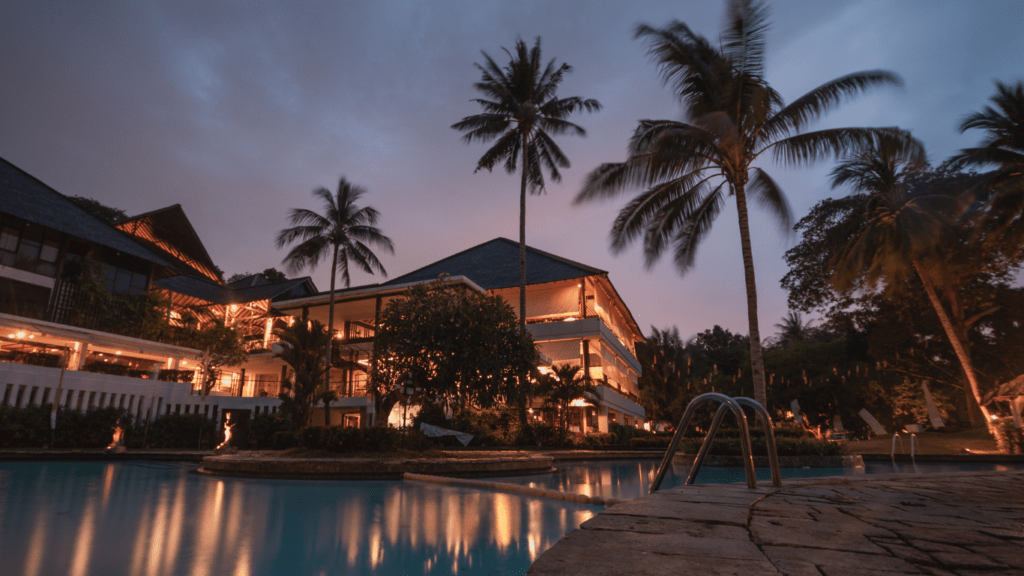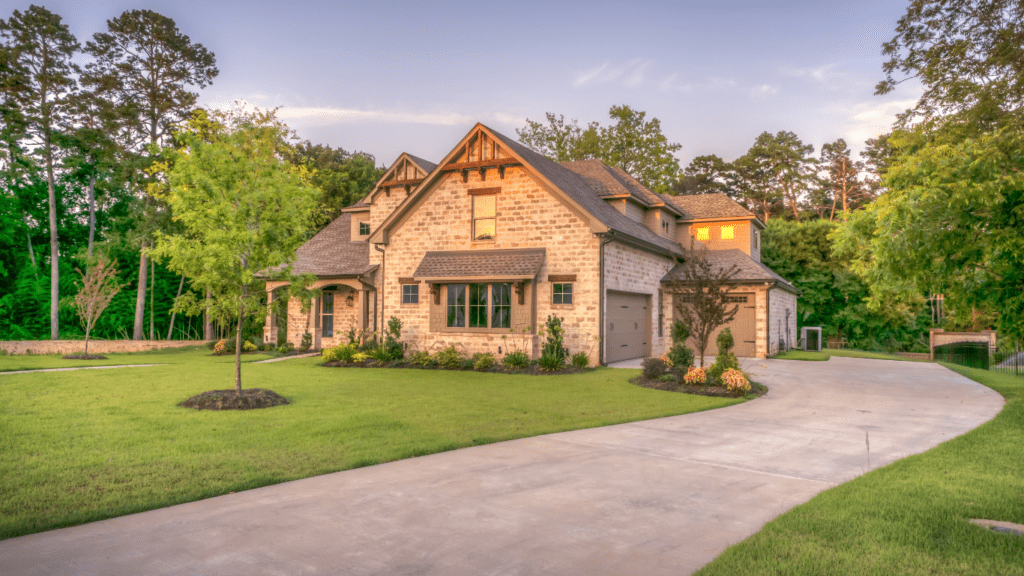Current Market Overview
The luxury real estate market in 2023 shows robust activity, driven by various factors including changing buyer preferences and economic conditions. Wealthy buyers now prioritize properties that offer both opulence and functionality. Eco-friendly architecture, smart home technologies, and wellness amenities are top priorities.
Trends Shaping the Market
- Sustainability Features: Eco-friendly homes, like those with solar panels and energy-efficient appliances, attract environmentally conscious buyers. These features reduce environmental impact and offer long-term cost savings.
- Advanced Home Automation: High-end buyers seek properties with integrated smart home systems. Examples include automated lighting, security, and climate control systems providing convenience and enhanced security.
- Health and Wellness Amenities: Buyers show strong interest in wellness-focused amenities. In-house gyms, spa-like bathrooms, and air purification systems are highly desirable.
- Prime Locations: Despite remote work trends, luxury buyers still favor prime urban locations. Proximity to cultural hubs, gourmet dining, and exclusive shopping remains a key consideration.
Shifts in Buyer Demographics
- Younger Buyers: Millennials and Generation Z are emerging as significant players in the luxury real estate market. Their preferences lean towards modern aesthetics, tech integration, and sustainable living.
- International Buyers: Increased interest from international investors continues to shape the market. Buyers from countries like China, Canada, and the UK seek properties in major US cities for investment and lifestyle purposes.
- Remote Work Influences: Increased remote work drives demand for spacious properties with dedicated home office spaces. These buyers value multifunctional rooms and outdoor recreational areas.
Current Price Trends
The luxury real estate market experiences fluctuations in pricing driven by location, property features, and market demand.
| Region | Median Price (2023) | Notable Features |
|---|---|---|
| New York City | $1.77 million | Iconic skyline views, luxury amenities |
| Los Angeles | $1.3 million | Ocean views, expansive estates |
| Miami | $1.1 million | Waterfront properties, modern designs |
| San Francisco | $1.9 million | Tech-centric homes, prime locations |
By focusing on these market dynamics, I gain valuable insights into current luxury real estate trends, helping me make informed decisions whether investing or exploring this segment for personal interest.
Popular Design Trends

Luxury real estate revolves around contemporary design trends that reflect the evolving tastes of buyers. Here are some of the most popular design trends shaping the market today.
Sustainable Living
Sustainable living is gaining traction in luxury real estate. High-net-worth individuals now seek homes with eco-friendly features, such as solar panels, energy-efficient windows, and rainwater harvesting systems. These green elements reduce environmental impact and lower utility costs. In addition, using sustainable building materials, like reclaimed wood and recycled metals, appeals to eco-conscious buyers. Properties with LEED certification or Passive House standards demonstrate a commitment to sustainability, increasing their market value.
Smart Home Technology
Smart home technology is indispensable in modern luxury residences. High-end buyers expect integrated systems that control lighting, security, climate, and entertainment. Voice-activated assistants, like Amazon Alexa and Google Home, allow seamless interaction with various devices.
Advanced security systems, featuring facial recognition and remote monitoring, provide peace of mind. Property developers are also incorporating smart thermostats, automated blinds, and energy management solutions to enhance convenience and efficiency. Homes equipped with cutting-edge technology cater to the demands of tech-savvy buyers and increase overall appeal.
Open Floor Plans
Open floor plans dominate contemporary luxury real estate. Buyers prefer expansive, flowing spaces that facilitate social interaction and provide flexibility. Removing interior walls creates a sense of spaciousness, enhanced by high ceilings and large windows. This layout merges the kitchen, dining, and living areas, making it ideal for entertaining guests.
Homes with open floor plans often feature custom-designed kitchens with high-end appliances and ample counter space. The seamless integration of indoor and outdoor living spaces, through retractable glass doors or large patios, further elevates the sense of openness and luxury.
Investment Trends
Luxury real estate investment trends show dynamic changes influenced by global economic shifts and buyer preferences. High-net-worth individuals are increasingly targeting specific areas for stable, high-return investments.
Emerging Markets
Emerging markets are attracting significant attention from luxury real estate investors. Cities like Austin, Nashville, and Denver show rapid property appreciation, offering high returns.
Wealthy buyers see potential in these cities due to their growing economies and high quality of life. Investors looking for diversification find these markets appealing, especially given the affordability compared to traditional luxury markets. Many properties in these emerging areas offer sustainable features and modern designs, aligning with current buyer preferences.
Short-Term Rentals
The short-term rental market is a pivotal investment trend in luxury real estate. Platforms like Airbnb and Vrbo create opportunities for high returns on luxury properties.
Investors capitalize on high nightly rates in desirable locations, such as beachfront villas in Miami and ski lodges in Aspen. Short-term rentals provide flexibility for property owners to switch between personal use and rental income. However, investors must consider local regulations, as some cities impose strict rules on short-term rentals to maintain neighborhood integrity.
High-Demand Amenities
A luxury property can’t just rely on its opulent interior anymore. High-demand amenities are redefining what makes a home truly luxurious in 2023. From expansive outdoor spaces to integrated wellness features, these elements elevate the living experience.
Outdoor Spaces
Today’s luxury buyers crave outdoor spaces that serve as an extension of their homes. Properties with landscaped gardens, rooftop terraces, and expansive patios attract significant interest. In warmer climates like Miami, outdoor kitchens and swimming pools are essential. In urban locations like NYC, private terraces or rooftop gardens hold high appeal.
Wellness Features
Wellness is more than a trend; it’s a priority. Luxury homes with wellness features like home gyms, saunas, and spas are highly sought after. Properties often include yoga studios or meditation rooms, catering to mental well-being alongside physical health. Buyers also seek air and water purification systems to maintain a healthy indoor environment.
What’s Declining in Popularity
Certain trends in luxury real estate are losing favor as buyer preferences evolve. Understanding what’s waning in demand can help make smarter investment decisions.
Traditional Styles
Classic and formal styles are not as desirable. Buyers now look for modern and contemporary designs. Ornate fixtures, heavy drapery, and intricate moldings feel outdated to many. Instead, they seek clean lines, minimalist aesthetics, and open spaces. While timeless elegance has its place, it can’t match the appeal of sleek and modern finishes in today’s market.
Oversized Properties
Large mansions are not in demand as much. Buyers are opting for functional and practical spaces. High maintenance costs and environmental concerns make oversized properties less attractive. Many prefer properties that offer efficient layouts, sustainability, and smart home integration. By focusing on usable space rather than sheer size, luxury homeowners achieve both comfort and convenience without the burden of excessive upkeep.
Regional Differences
Luxury real estate trends vary significantly across different regions, reflecting unique cultural, economic, and lifestyle influences. Here, I explore how these trends manifest in North America, Europe, and Asia.
North America
North America’s luxury real estate market combines opulence with practicality. Buyers in cities like New York, Los Angeles, and Miami prioritize eco-friendly and technologically advanced homes. High demand for properties with home offices and wellness features like gyms and saunas has surged. The market also favors open floor plans and expansive outdoor spaces, including landscaped gardens and rooftop terraces.
Europe
Europe’s luxury real estate market emphasizes historical charm and modern comforts. Major hubs such as London, Paris, and Berlin attract international buyers seeking properties that blend classic architecture with contemporary amenities. Sustainability remains a priority, with many buyers looking for energy-efficient features. Urban properties with private terraces or gardens are highly valued, as are homes with access to cultural and recreational facilities.
Asia
Asia’s luxury real estate market reflects rapid urbanization and economic growth. Cities like Hong Kong, Tokyo, and Singapore exhibit high demand for smart home technologies and sustainable designs.
Buyers favor properties with expansive views and contemporary aesthetics. Open floor plans and luxury amenities such as infinity pools and private cinemas are popular. Additionally, wellness components like meditation rooms and advanced air purification systems are increasingly sought after.
By examining regional differences, investors and buyers can better navigate the diverse landscape of luxury real estate and identify opportunities that align with their specific preferences and needs.



 Founder & CEO
Irenee Nunezerro is the visionary founder and CEO of Luxe House Maker, with over 15 years of experience in luxury real estate and interior design. Known for her expertise in blending opulence with innovation, Irenee launched Luxe House Maker to provide readers with comprehensive updates on the latest trends in high-end properties, interior décor, and smart home technology. Her passion for creating luxurious, technologically advanced spaces has positioned Luxe House Maker as a leading resource for those seeking to elevate their lifestyles. Irenee’s commitment to delivering cutting-edge content ensures that Luxe House Maker stays at the forefront of the luxury market.
Founder & CEO
Irenee Nunezerro is the visionary founder and CEO of Luxe House Maker, with over 15 years of experience in luxury real estate and interior design. Known for her expertise in blending opulence with innovation, Irenee launched Luxe House Maker to provide readers with comprehensive updates on the latest trends in high-end properties, interior décor, and smart home technology. Her passion for creating luxurious, technologically advanced spaces has positioned Luxe House Maker as a leading resource for those seeking to elevate their lifestyles. Irenee’s commitment to delivering cutting-edge content ensures that Luxe House Maker stays at the forefront of the luxury market.
